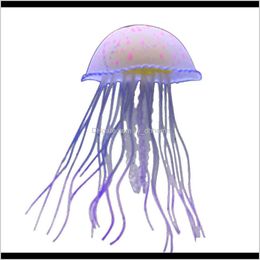


Jellyfish have a life cycle that basically includes the male and female system of spawning, larvae, settled polyps, juvenile medusa stage, and adult medusa. These polyps are settle onto acrylic plates where they grow and divide. Shown here an aquarium with a gentle current is being used to grow moon jellyfish polyps. This is very similar to jellyfish and anemones. On the other hand, a butterfly may spend just a couple days as a caterpillar, but then spend several months as a butterfly. A species of butterfly may be able to live for many months as a caterpillar and then following metamorphosis spend just a couple days as a butterfly. I like to use the analogy of caterpillars and butterflies. Looking at their life cycle you can see that they go through the same development and processes, only they spend a different amount of time in each stage. This phylum contains all the anemones and corals, which can be very similar to jellyfish. They do possess a couple important items including a digestive sack (stomach) and stinging cells called nematocysts.

This body lacks basic organs like heart, brains, kidneys, etc. These animals morphologically develop into a sack within a sack. There are around 10,000 species in Cnidaria, nearly all living in marine waters. Cnidaria is the phylum that contains “stinging animals” which use nematocysts to capture pretty. Jellyfish are a group animals within the phylum Cnidaria. It is certainly plausible to think they could be kept by home aquarists, but this is a new frontier in aquatic husbandry. Crystal jellyfish are successfully kept in public aquariums.


 0 kommentar(er)
0 kommentar(er)
